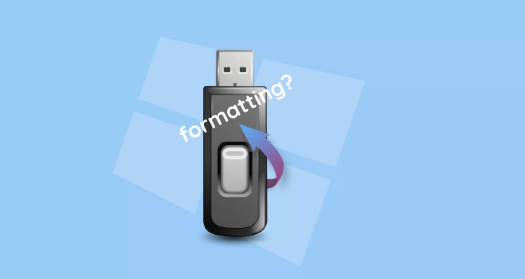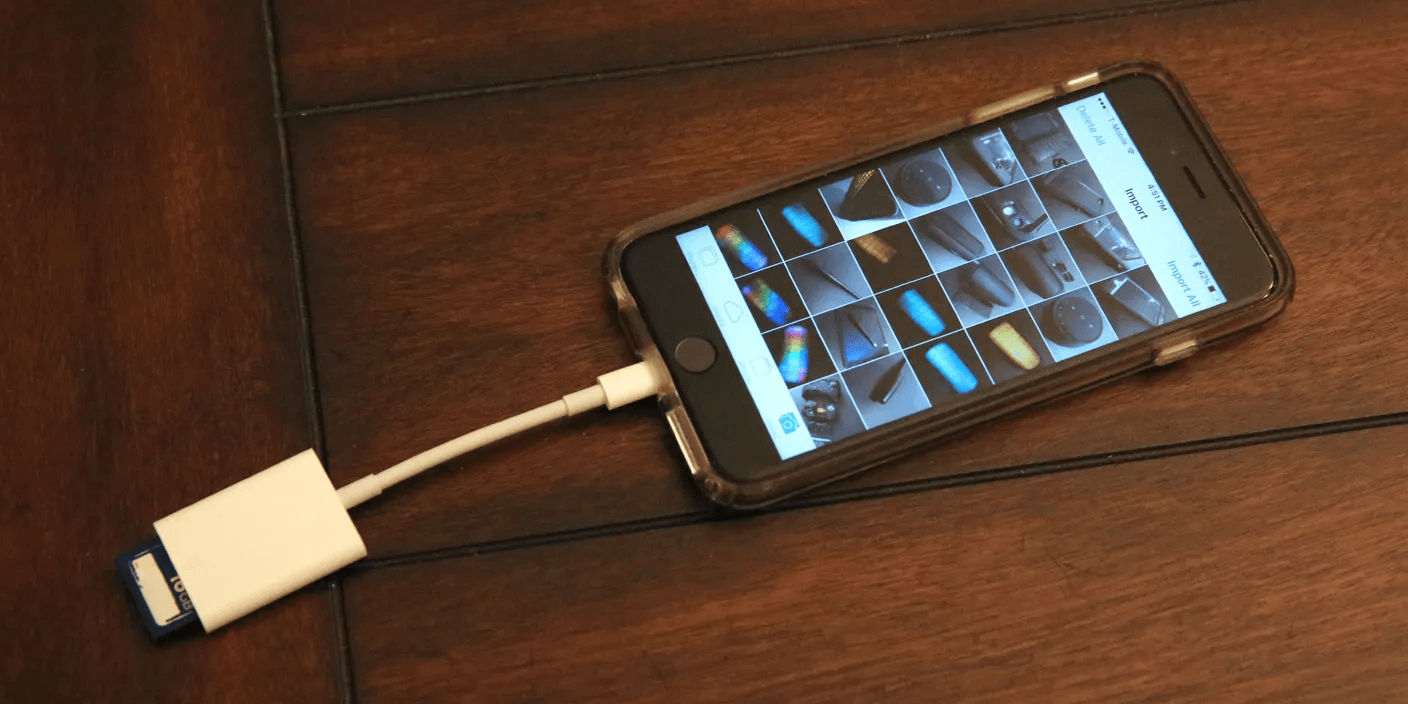Whether you want to run a system-corrupted computer or experience different operating systems, booting your computer from an external hard drive will greatly benefit you. It is a helpful computer skill you can grasp to launch your computer externally in case of several sudden crashes on your device. In this overall guide, we will guide you to boot from an external hard drive step by step. By collecting useful information from the Internet, we concluded proven methods for you here.

When Do I Need to Boot from External Hard Drive?
Normally, we used to boot our device from the internal hard drive. However, in some cases, it is a wise option to boot from an external hard drive. In the following common situations, you might need to boot from your external device:
✅ You fail to launch your computer as normal.
Sometimes you may find you can’t run your computer as usual. It might be caused by viruses, malware, system errors, etc. By booting from an external hard drive, you can launch your computer and further fix the error.
✅ You want to run different operating systems on your computer.
By booting your computer from an external hard drive, you can install different OS on your computer to experience different preferences, software, unique user interface, etc.
✅ You need to test operating systems or software.
Developers and testers often need to test on different systems. You don’t need to equip all devices, but only one external hard drive. You can boot from an external hard drive to check software or operating systems on a computer.
After knowing the common situations when you need to boot from an external hard drive, let’s dive into how to boot from an external hard drive on different devices, including Windows, Mac, Linux, etc.
How to Boot from External Hard Drive on Windows
On different operating systems, the way to boot from an external hard drive might be distinct. In this section, we will show you how to boot from an external hard drive on the Windows systems step by step.
Step 1. Attach the external hard drive to your computer in the proper manner. Verify that the external hard drive can be successfully recognized by your device.
Step 2. Select the “Start” option from the Windows main menu to restart your device.

Step 3. Continue pressing the BIOS key while your device is restarting.
Step 4. The BIOS menu will show up on the screen after your device has restarted. From the list, choose the boot order option. Then pick your external hard drive.
Step 5. Move your external hard drive to the top of the boot order list by dragging it there. Exit BIOS after saving your changes.

Step 6. To open, install, or configure the software for the external hard drive, follow any on-screen instructions. If the external hard drive already has an operating system installed, it will open after you have finished adjusting the BIOS.
How to Boot from External Hard Drive on Mac
On the MacOS systems, follow these steps to boot your computer from an external hard drive.
Step 1. Connect the external hard drive to your Mac device.
Step 2. From the Mac’s main menu, choose Power. Then, from the pop-up menu, choose Restart.

Step 3. Press the BIOS key intended for Mac devices as soon as the screen shuts off. Once the startup manager window appears on the screen, press and hold the BIOS key.
Step 4. Choose the external hard drive from the menu and make sure you’ve chosen it correctly. By doing this, your operating system will identify the external hard drive as the booting media.

Step 5. After the drive has been chosen, close the startup manager and adhere to all of the prompts on the screen to launch, install, and configure the software. If the operating system is already installed on your computer, it will launch as soon as the priority is set.
How to Boot from an External Hard Drive on Linux
If you are a Linux user, the following instructions will help boot from an external hard drive.
Step 1. First, launch the Linux operating system. Put the CD or DVD in.
Step 2. Reboot the computer and open the “Setup Menu.”
Step 3. Disable the internal hard drive. Save the configuration and exit.
Step 4. Press the appropriate key (F12 on Dell laptops) to access the One Time Boot Menu.
Step 5. Choose to boot via CD or DVD and install Linux OS.

How to Find BIOS Keyon Different Types of Computers?
On different computers, the BIOS key might be various. Most motherboards right now use the DEL key, but there are also exceptions. Here, we listed different BIOS keys on different types of computers:
- ASRock: F2 or DEL
- ASUS: F2 for all PCs, F2 or DEL for Motherboards
- Acer: F2 or DEL
- Dell: F2 or F12
- ECS: DEL
- Gigabyte / Aorus: F2 or DEL
- HP: F10
- Lenovo (Consumer Laptops): F2 or Fn + F2
- Lenovo (Desktops): F1
- Lenovo (ThinkPads): Enter then F1.
- MSI: DEL for motherboards and PCs
- Microsoft Surface Tablets: Press and hold the volume up button.
- Origin PC: F2
- Samsung: F2
- Toshiba: F2
- Zotac: DEL
A computer goes through a brief POST (power on self-test) when it first powers on. You can access the BIOS menu if you press the right BIOS key before the POST is finished.
Bonus Tips: How to Boot from Other Devices
Except for common external hard drives, you can also choose to boot your computer from other external devices, like a USB drive, SSD, CD/DVD, etc. In the following guide, learn how to boot from those devices separately.
How to Boot from USB Flash Drives
Connect the USB drive to your computer first. Then press the power button on your computer. Press the F11 or Delete keys repeatedly until the boot menu appears after the computer has powered on. Select Boot from USB from this menu, and then pick your USB flash drive from the list of options.
How to Boot from External SSD
To boot from an external SSD, follow these steps: 1. Connect the external SSD to your computer. 2. Press F2/F12/Del to enter BIOS.3. Under the Boot Priority tab, select the target SSD drive and drag it to the top. Then save the changes and exit.
How to Boot from CD or DVD
1. Insert the CD/DVD drive on your computer.
2. To access the boot menu, restart your computer and press the key that shows on the screen. This key can be F2, F8, F10, or F12 according to different suppliers.
3. Choose the CD/DVD drive as the boot device.
4. To start the installation process, click “Install now”.
FAQs
🔸 Why can’t I boot Windows from my external hard drive?
This may be caused by various reasons, such as the system file error, corrupted external hard drive, wrong connection of your drive, etc. Check the health situation of your computer and external hard drive in the first place, then try to fix the problem.
🔸 Why external hard drive is not recognized in BIOS?
Normally, your external hard drive is not showing up in BIOS caused by a corrupted drive or damaged cable. Try to change the cable or the USB port to solve the problem.
🔸 Can I make the external hard drive bootable without formatting?
Yes. You can make your external hard drive bootable without formatting it. You only need to change the boot sector, which does not include formatting.
The Bottom Line
That’s all about how to boot from an external hard drive on different systems. To launch your computer from your external hard drive, just follow the instructions mentioned above step by step.
I’m thrilled to be part of the OneRecovery team as a writer. I’m passionate about simplifying the complex world of data recovery and making it easy for everyone to understand. My focus? Well, I love diving into tutorials on hard drive recovery, crash computer data retrieval, photo repair, and many more. But that’s not all—I’m all about exploring the creative side too, so expect plenty of engaging and imaginative posts on various aspects of data recovery software. Join me on this journey as I share insights, tips, and tricks that make data recovery a breeze!







